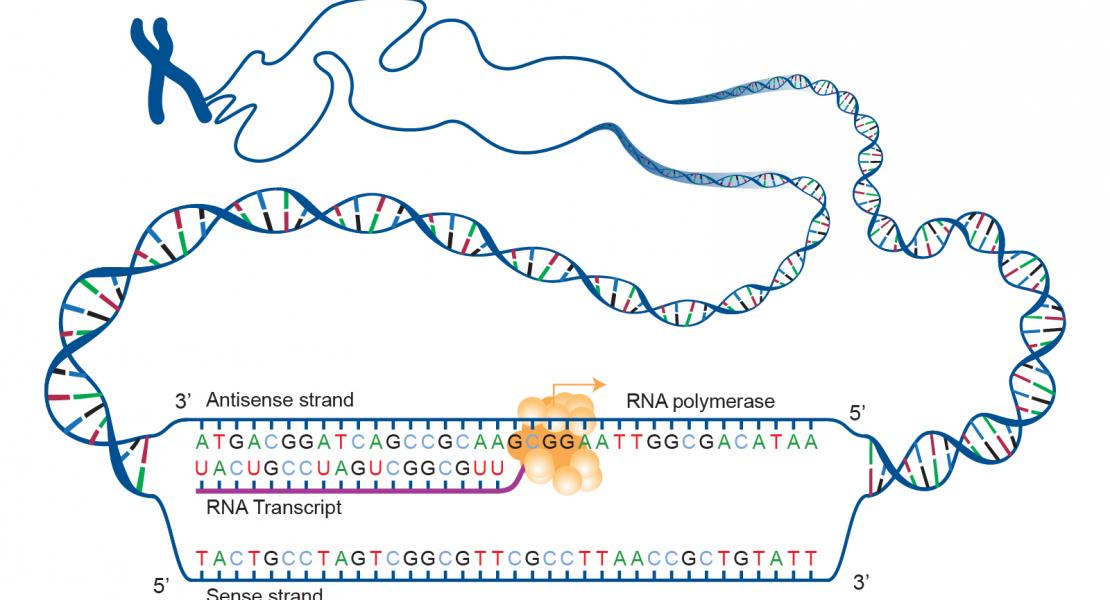A real “Yin-Yang” situation: Transcriptional interference by antisense RNA is required for circadian clock function

Abstract
Eukaryotic circadian oscillators consist of negative feedback loops that generate endogenous rhythmicities1 . Natural antisense RNAs are found in a wide range of eukaryotic organisms2–5. Nevertheless, the physiological importance and mode of action of most antisense RNAs are not clear6–9. frequency (frq) encodes a component of the Neurospora core circadian negative feedback loop, whichwas thought to generate sustained rhythmicity10. Transcription of qrf, the long non-coding frq antisense RNA, is induced by light, and its level oscillates in antiphase to frq sense RNA3 . Here we show that qrf transcriptionis regulated by both light-dependent and light-independent mechanisms. Light-dependent qrftranscription repressesfrq expression and regulates clock resetting. Light-independent qrf expression, on the other hand, is required for circadian rhythmicity. frq transcription also inhibits qrf expression and drives the antiphasic rhythm of qrf transcripts. The mutual inhibition of frq and qrf transcription thus forms a double negative feedback loop that is interlocked with the core feedback loop. Genetic andmathematical modelling analysesindicate that such an arrangementis required for robust and sustained circadian rhythmicity. Moreover, our results suggest that antisense transcription inhibits sense expression by mediating chromatin modifications and premature termination of transcription. Taken together, our results establish antisense transcription as an essential feature in a circadian system and shed light on the importance and mechanism of antisense action.
